York University Station, designed by Foster + Partners, is set to become a transformative addition to Toronto’s transit landscape. Known for their work on the renowned Canary Wharf station in London and the Bilbao Metro in Spain, the Pritzker award-winning firm brings its distinctive touch to this station by paying significant attention to the interaction between the new station, and the public space and the city as a whole. The station’s design not only enhances connectivity but also works as an eye-catching landmark structure within the green setting of the Harry W. Arthurs Common.
A unique design approach is used to ensure that the station is not very conspicuous and integrates well with the surrounding environment by being partially buried in the ground. The entrance, which is positioned at the lower end of a raised garden plaza, is covered by a specially designed aerofoil roof canopy. The canopy also has a polished metal surface at the bottom and it changes its form as per the movement of the people, adding a dynamic quality to the station’s exterior. Significant emphasis has been placed on the use of natural light in a double-height ticket hall. This design allows light during the day to illuminate the interior, making the environment comfortable for the commuter.
The practical aspects of the station level are also notable. The main structure consists of a diagrid coffered roof that is supported by V-shaped columns, maximizing the open area and achieving an optimal level of ventilation. Passengers can access the train platforms via three bridges that lead to a choice of escalators, elevators, or a staircase. These walkways are made from glazed smoke screens with artwork done by Jason Bruges to enhance aesthetics and sophistication.
Interestingly, this station is located at York University, which gives it a strategic position as a new hub in the area. The station’s location within the compound of the university gives it direct access to most of the city roads and, at the same time, ensures that road traffic to the campus is limited. This improved accessibility is expected to drastically shift the flow of traffic during rush hour and offer a more efficient means of transportation compared to driving or taking the bus.
York University Station
Many aspects of sustainability are considered for the station’s design based on Toronto’s Green Standards. The building does not have mechanical ACs as it is naturally lit and ventilated, though backup systems come in during extreme weather conditions. This approach is useful in helping the station reduce its effect on the environment while at the same time cutting down the cost of operation. Every effort was made to minimize the ‘embedded energy’ of the building – the energy consumed in the production of its components – by using materials manufactured locally wherever possible. Further, the station is fully accessible with lifts that are ingeniously incorporated, making it possible for every passenger to move around without much struggle.
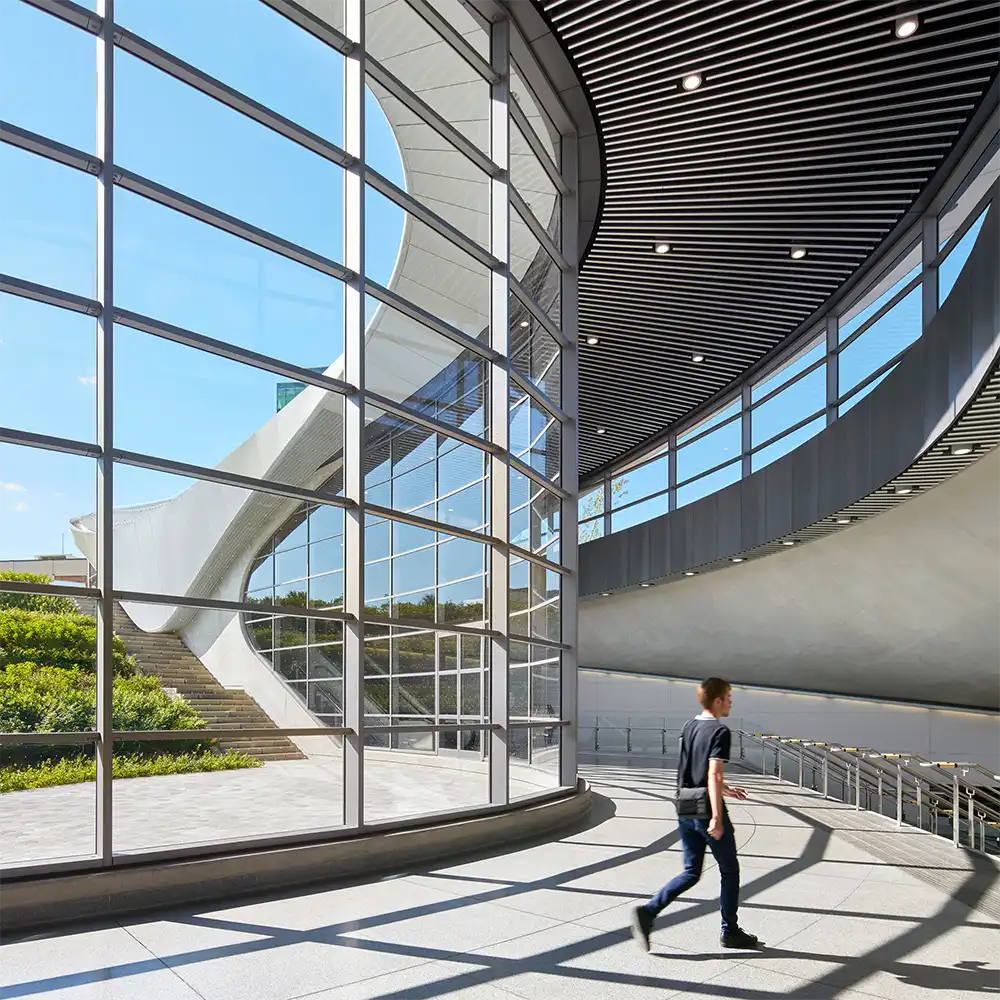
The station’s design includes a ‘light scoop,’ a feature that enables light to penetrate deep and far into the underground station. The two-story glass curtain wall not only provides light to the interior but also provides a visual link between the poorly lit subterranean platforms and the ground levels. On a higher level, this thoughtful design element improves the look and feel of the station by providing a positive experience for users.
York University Station is also estimated to serve 26,900 persons on average per day and should help relieve traffic congestion and offer a more efficient way of movement. With its blend of practicality, sustainability, and aesthetic appeal, the station stands as a testament to the transformative power of thoughtful design and engineering.
Learn with PAACADEMY: Check out the workshops at PAACADEMY to learn from the industry’s best experts how to use advanced parametric design tools, AI in design workflows, and computational design in architecture!





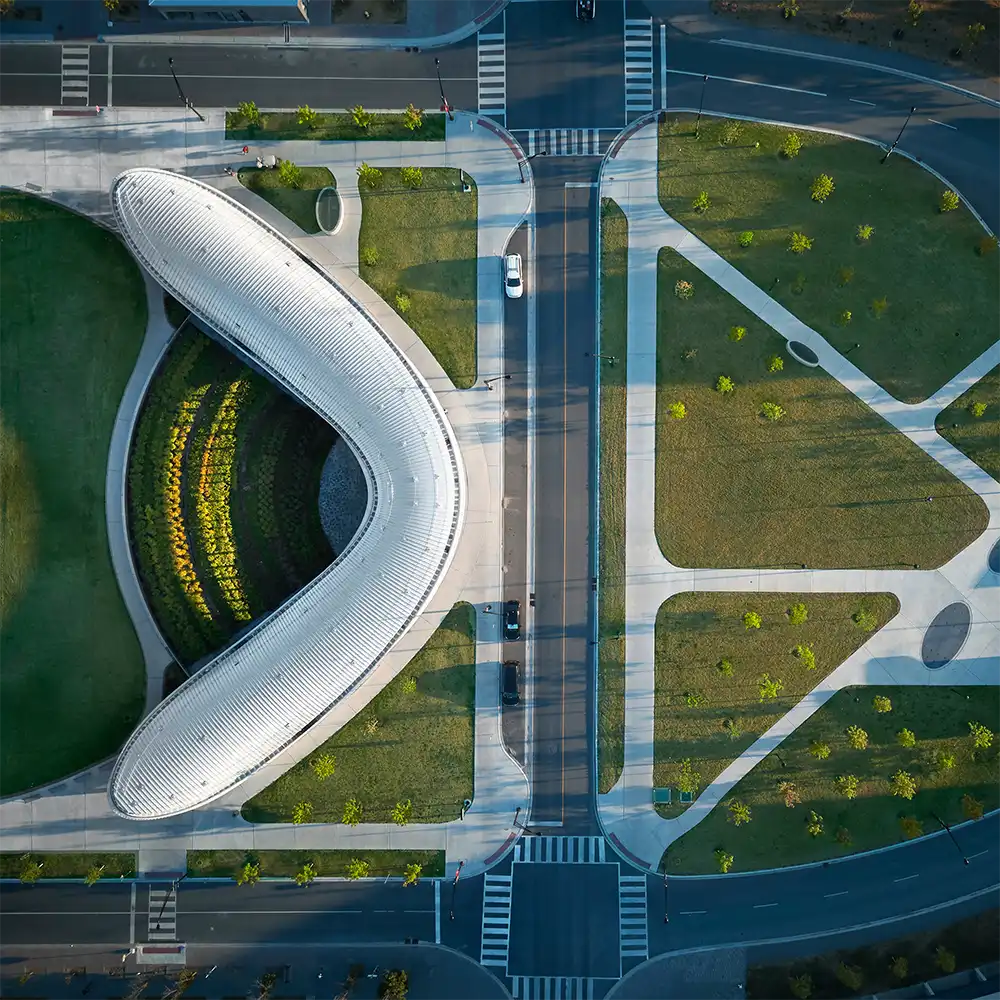
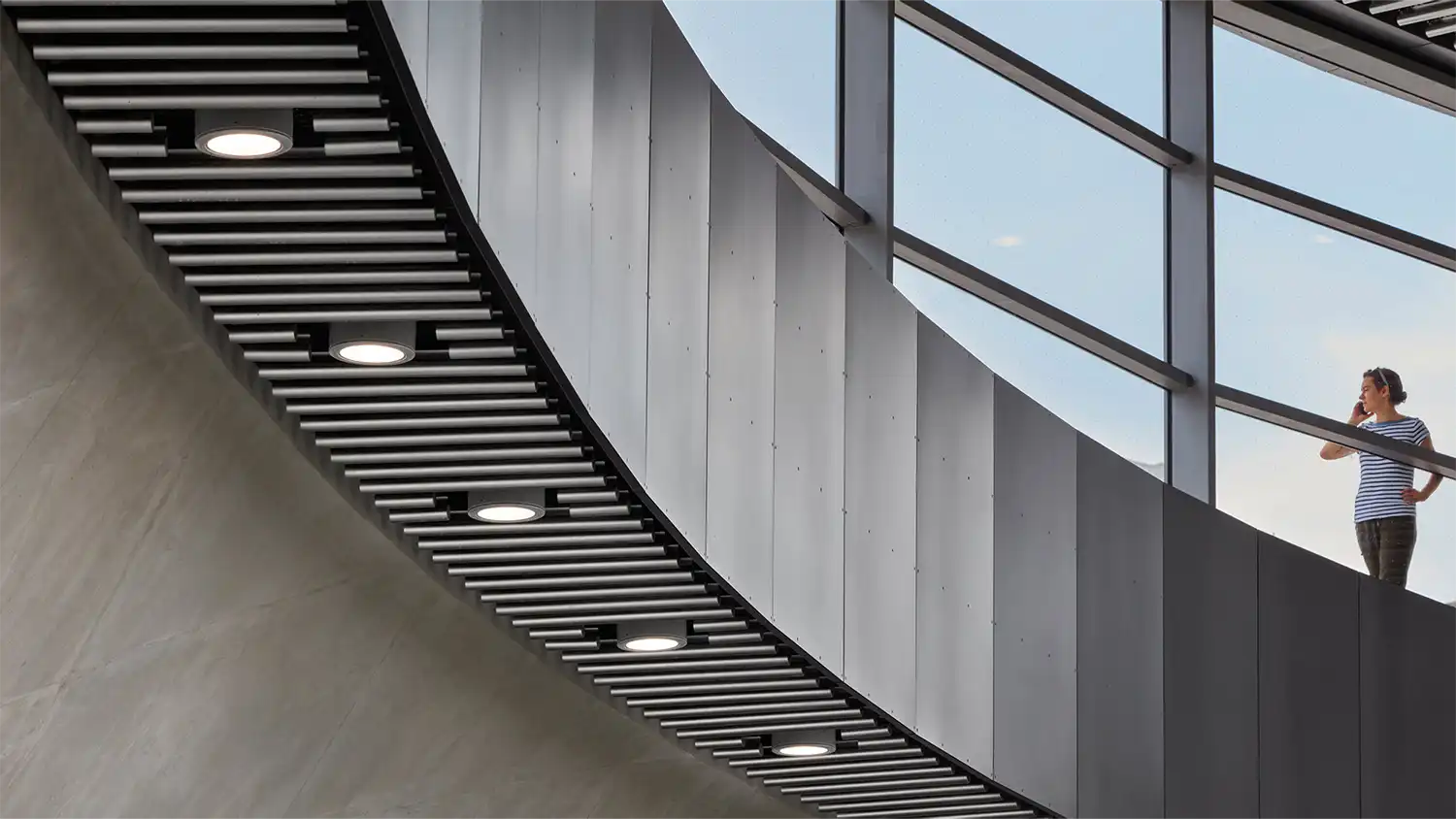

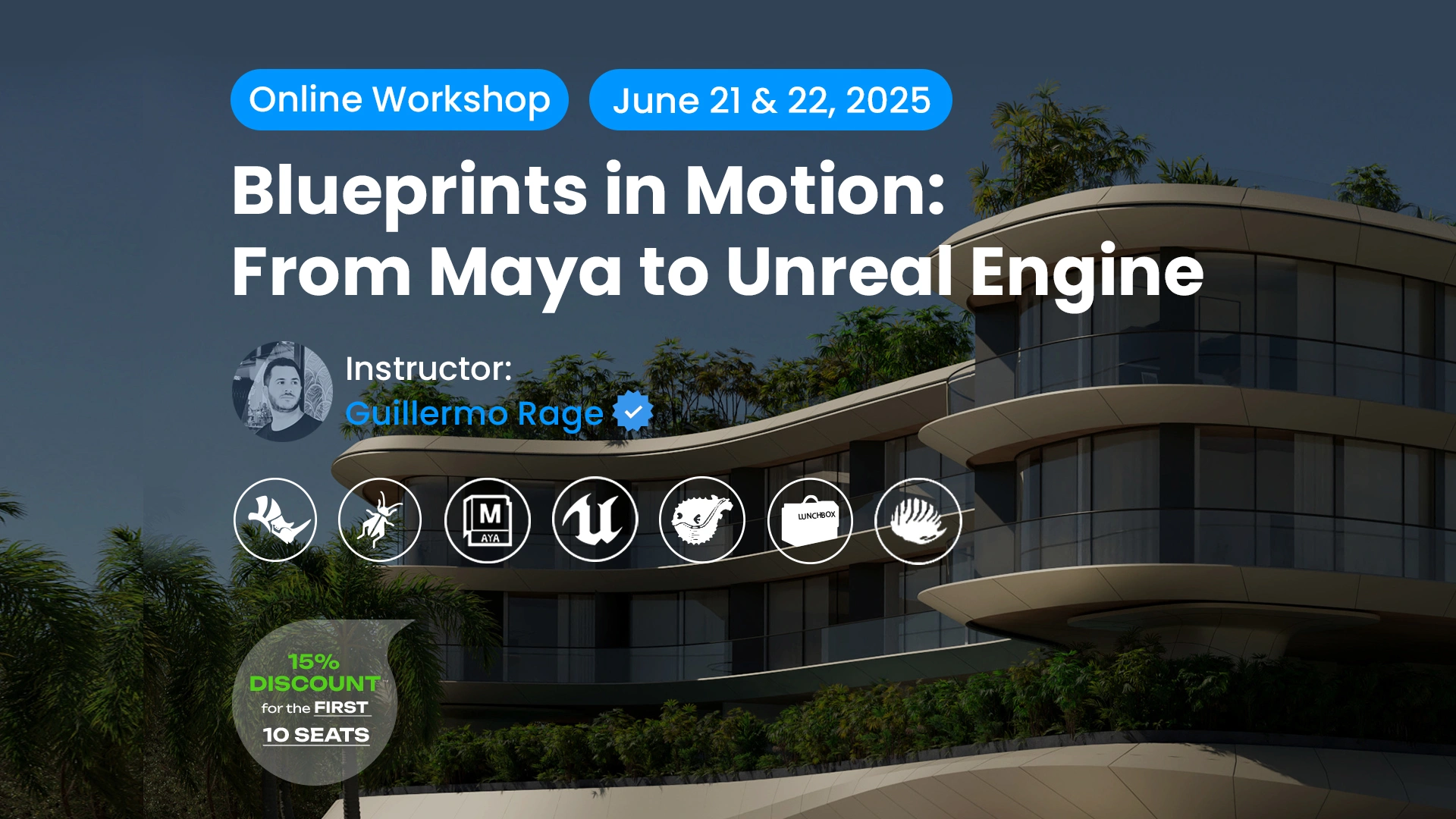

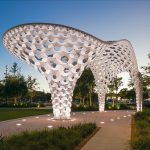
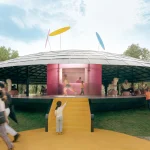








Leave a comment